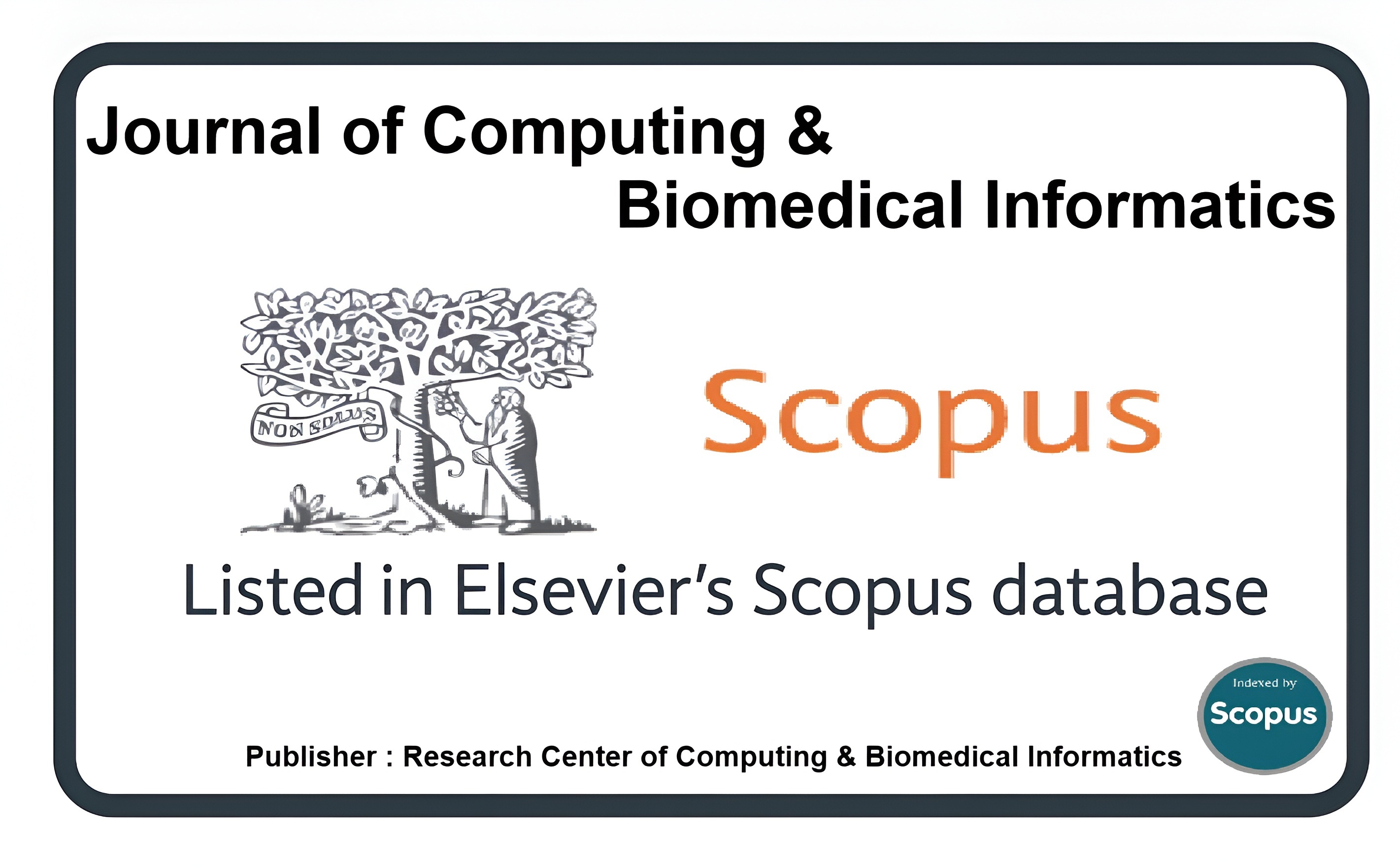Use of Big Data in IoT-Enabled Robotics Manufacturing for Process Optimization
Keywords:
Big Data Analytics, IoT-Enabled Robotics Manufacturing, Process Optimization, Classification Algorithms, Decision Tree Classifier, Bagging Classifier, Support Vector Classifier (SVC), Predictive Modeling, Prescriptive AnalyticsAbstract
Integrating big data analytics into IoT-based robotic manufacturing is essential to optimize processes and improve the efficiency of manufacturing environments. This study work describes the impact of big data analytics on IoT-based robotic manufacturing with a focus on process optimization and product improvement. To comprehensively evaluate the part of huge information analytics in process optimization, this consideration included the collection and investigation of different information parameters. These parameters are temperature, mugginess, control utilization, voltage, engine speed, torque, weight, vibration, stack capacity, operational productivity, generation rate, mistake code, and communication status. The information collection preparation was conducted utilizing IoT sensors conveyed over the fabricating office, guaranteeing the capture of real-time information for an investigation. In the classification of production conditions, three classifications were used based on the collected data - bagging, SVC, and decision tree. Each classifier has good advantages in analyzing complex data sets and identifying patterns that aid in informed decision-making and process optimization. In the context of a study on the use of big data analytics in IoT-based robotic manufacturing, the decision tree classifier shows a high accuracy of 97%. The bagging classifier achieved 94.39% accuracy, while the Support Vector Classifier (SVC) achieved 96% accuracy. This research explores machine learning analysis methods and address ethical issues to maximize the benefits of big data analysis in IoT-based robotic manufacturing.
Downloads
Published
How to Cite
Issue
Section
License
This is an open Access Article published by Research Center of Computing & Biomedical Informatics (RCBI), Lahore, Pakistan under CCBY 4.0 International License





